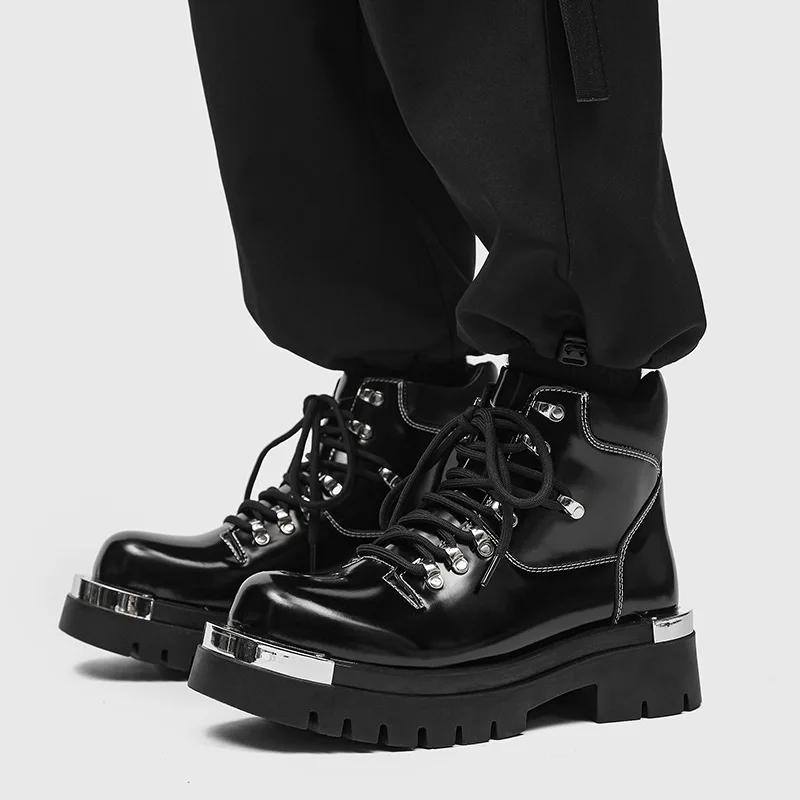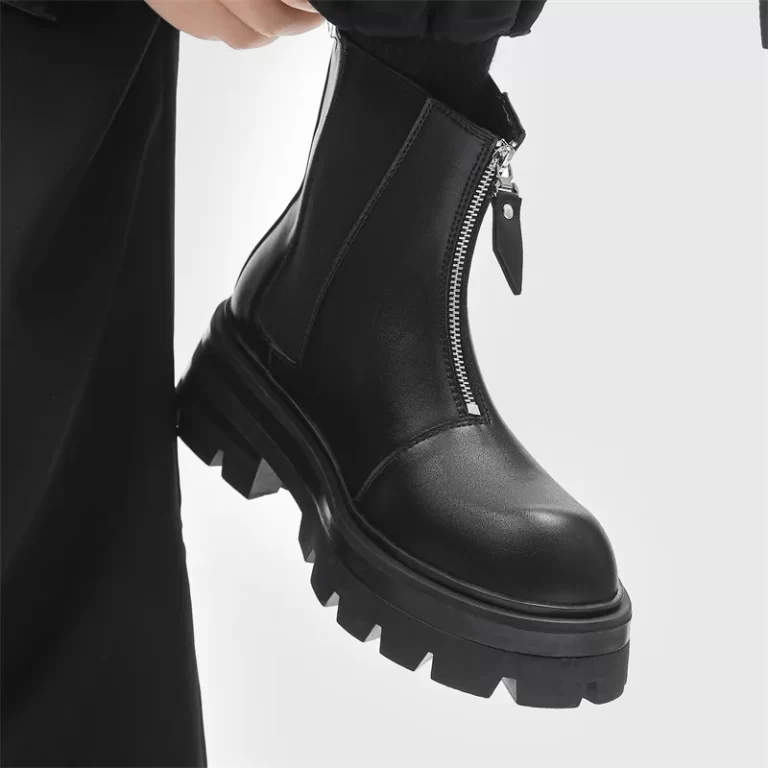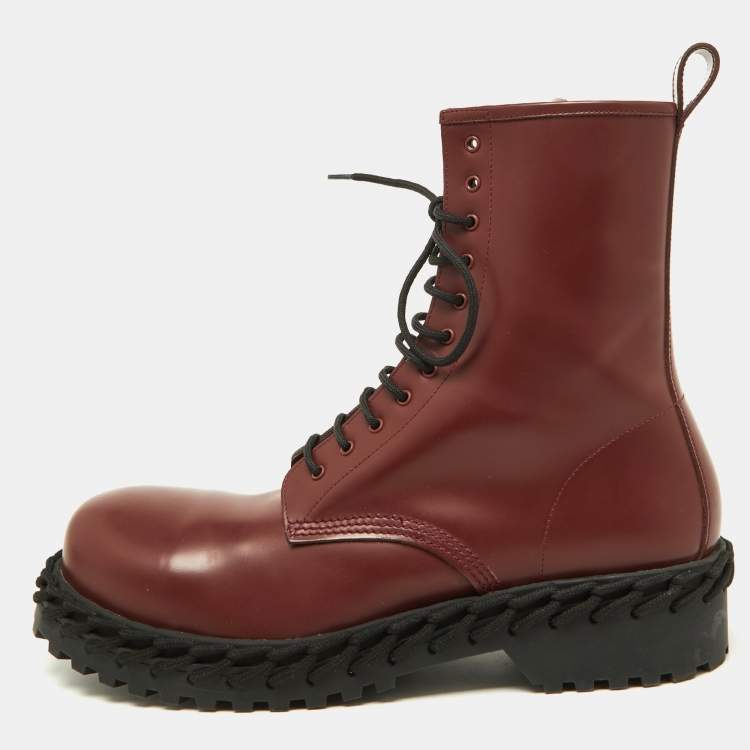Men’s boots have a rich history, evolving from purely functional footwear to stylish accessories. Understanding this evolution helps us appreciate modern designs. Boots serve many purposes today: they offer protection, comfort, and style. In this article, we will explore the journey of men’s boots, focusing on their historical significance, types, materials, and current trends.
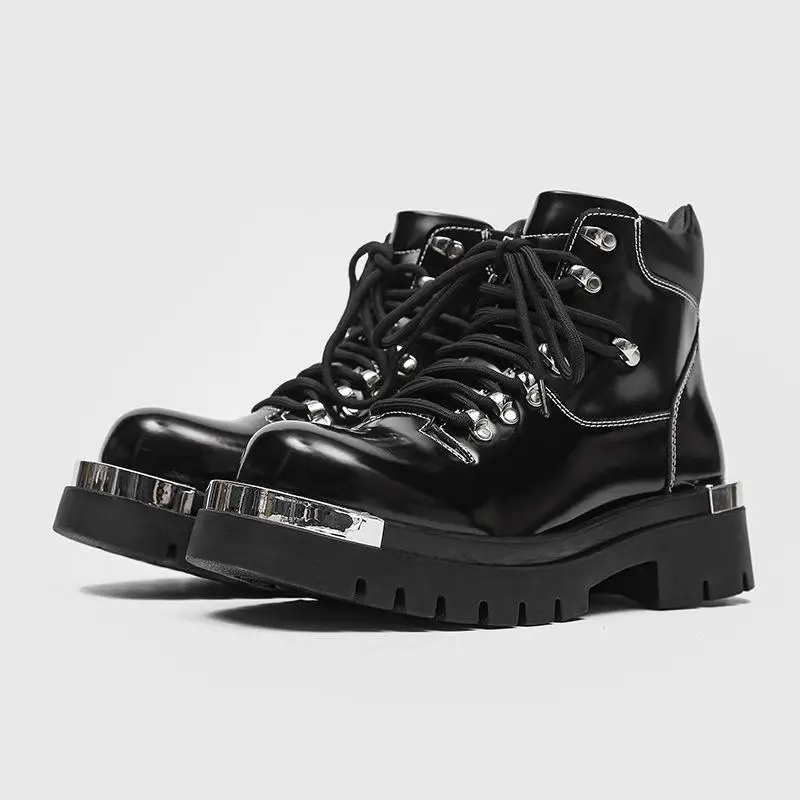
A Brief History of Men’s Boots
The Origins of Boots
Boots have been around for thousands of years. The earliest recorded boots date back to around 5,000 BC. Ancient civilizations made them from leather and animal hides. These early designs aimed to protect feet from rough terrain and harsh weather. Men used them during hunting and traveling. In ancient Rome, soldiers wore them to provide support in battle. The original function of boots was practicality.
As time passed, cultures began to modify boots for style. In the Middle Ages, boots became a symbol of status. Wealthy men wore elaborately decorated boots made from fine materials. The shape and style often indicated social standing. This trend continued through the Renaissance, where boots became longer and more fitted. They featured elaborate designs that showcased craftsmanship.
The Industrial Revolution’s Impact
The Industrial Revolution in the 18th and 19th centuries was a turning point for boot-making. Mass production techniques advanced, making boots more accessible. Factories began producing boots in larger quantities. This shift allowed men of all social classes to wear boots. The focus moved from luxury to utility.
This period also saw the rise of specific boot types. The engineer boot, for instance, catered to workers in the railroad and construction industries. It provided ankle support and protection, proving essential for laborers. Similarly, the Wellington boot emerged for outdoor use, particularly for horse riding.
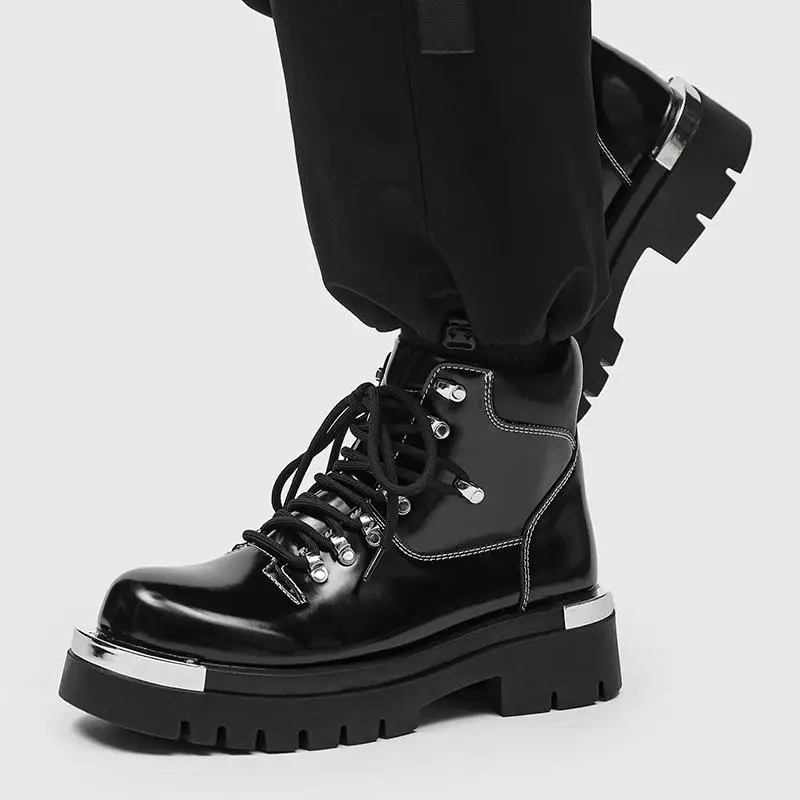
Types of Men’s Boots
Work Boots: Functionality Meets Durability
Work boots are one of the most practical types of men’s footwear. They serve a clear purpose: protection on the job. Characteristics include steel toes, slip-resistant soles, and waterproof materials. The emphasis is on safety and comfort. Men who work in construction, landscaping, and other labor-intensive jobs often wear them.
Materials play a crucial role in work boots. Full-grain leather is popular due to its durability. It withstands harsh conditions and provides excellent support. Many brands now incorporate advanced technology for added comfort. Some boots feature cushioned insoles, moisture-wicking liners, and breathable uppers. As a result, work boots are not just functional; they also cater to comfort during long hours of use.
Fashion Boots: Elevating Style
On the other end of the spectrum, fashion boots focus on aesthetics. These boots often feature unique designs, colors, and embellishments. Men wear them to complete outfits for various occasions. Desert boots, Chelsea boots, and chukka boots fall under this category.
Desert boots are casual and versatile, suitable for both laid-back and smart-casual settings. They usually come in suede or leather with a crepe sole for comfort. Chelsea boots, known for their elastic side panels, offer a sleek look. They work well with both jeans and dress trousers. Chukka boots, typically featuring two or three eyelets, provide a perfect blend of comfort and style.
Fashion boots emphasize individuality. Many brands offer customizable options. This trend allows men to express their personalities. When choosing fashion boots, men should consider durability and comfort alongside style.
Essential Materials in Boot Construction
Leather: The Timeless Classic
Leather remains the go-to material for many types of boots. Its strength and elegance make it a timeless choice. Different types of leather exist, including full-grain, top-grain, and suede. Each type has specific characteristics that affect durability and appearance.
Full-grain leather is the most durable type used for boots. It retains the natural grain, resulting in a rugged look. This leather develops a patina over time, enhancing its beauty. Top-grain leather, while still durable, undergoes more processing. It’s softer and has a more uniform appearance, making it suitable for fashionable boots. Suede, made from the underside of the animal hide, offers a distinct texture. However, it requires more care to maintain its appearance.
Synthetic Materials: The Modern Alternative
In recent years, synthetic materials have gained popularity. They often mimic leather while offering unique benefits. Synthetic boots can be lighter, water-resistant, and easier to clean. Brands like Gore-Tex and Thinsulate provide additional features that enhance comfort. These materials offer a modern edge while providing functionality.
Eco-friendly options have also emerged. Many brands now create boots from recycled plastics and other sustainable materials. These choices appeal to the environmentally conscious consumer. With advancements in technology, synthetic boots can compete with traditional leather options. As a result, men have more options than ever before.
Current Trends in Men’s Boots
Sustainability: The Rising Demand
Sustainability is a crucial factor in today’s fashion. Consumers increasingly seek eco-friendly products. This trend extends to men’s boots, where brands emphasize renewable materials and ethical manufacturing practices. Businesses are now more transparent about their supply chains. Many offer programs for recycling old boots, encouraging customers to think about their environmental impact.
Brands like Timberland and Veja showcase sustainable approaches in their designs. They prioritize environmentally friendly materials, reducing waste during production. This focus not only meets customer demand but also helps lower the carbon footprint.
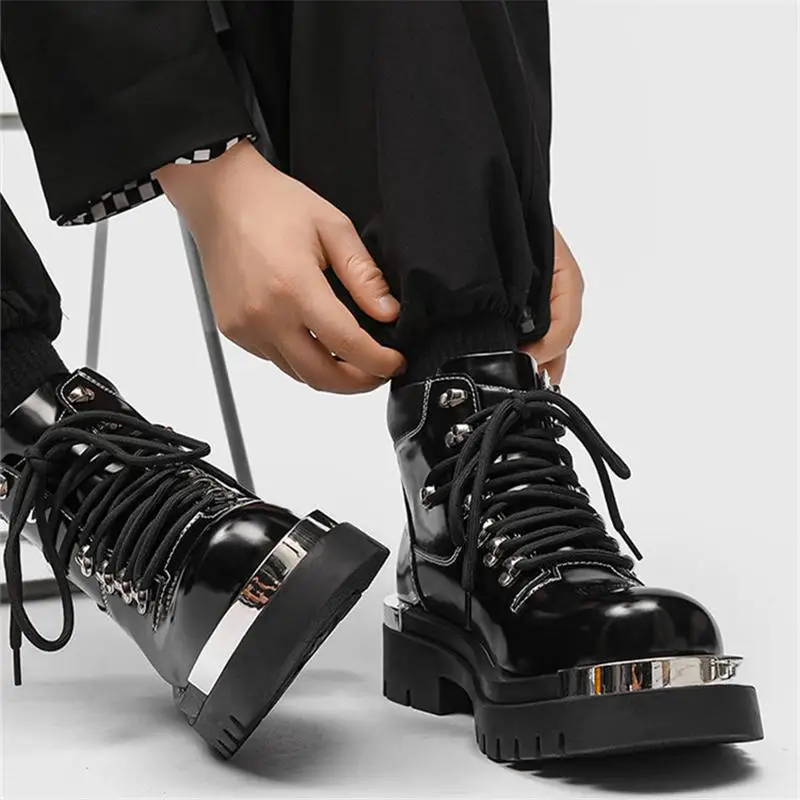
Versatility: Boots for Every Occasion
Modern men’s boots emphasize versatility. Men want footwear that adapts to different settings. Brands have responded by designing boots suitable for casual, formal, and outdoor use. Styles that easily transition between occasions have become essential.
For instance, Chelsea boots can elevate a simple outfit. They pair well with jeans or dress trousers. Similarly, desert boots suit both casual outings and semi-formal events. This versatility offers men the freedom to choose one or two key pairs that serve multiple purposes.
Care and Maintenance of Men’s Boots
Regular Cleaning: A Key to Longevity
Caring for men’s boots ensures they last longer and maintain their appearance. Regular cleaning is essential. For leather boots, wipe them down with a damp cloth after each use. This practice removes dirt and moisture, preventing damage.
Use leather-specific cleaners for deeper cleaning sessions. These products help remove stains without harming the material. After cleaning, apply leather conditioner to keep the leather supple and prevent cracks. Conditioning is especially crucial for boots exposed to harsh elements.
For synthetic materials, check the manufacturer’s instructions. Some synthetic boots may require specific cleaning agents. Generally, a mild soap solution works well. Avoid soaking the boots in water, as this may damage the adhesive used in construction.
Storing Your Boots Properly
Proper storage also plays a role in maintaining your boot’s integrity. When not in use, store boots in a cool, dry place away from direct sunlight. Sunlight can fade colors and damage materials. If you own leather boots, consider using boot trees or stuffing them with newspaper. This technique helps retain their shape and prevents creasing.
Avoid stacking boots on top of each other, as this can cause deformation. Instead, use shelving or a dedicated boot rack. Proper care and maintenance will enhance the longevity of your prized possessions.
Conclusion: The Future of Men’s Boots
As we look to the future, men’s boots will continue to evolve. New technologies will emerge, focusing on sustainability and functionality. Designers will likely experiment with styles, blending traditional aesthetics with modern innovations.
Men’s boots are not just footwear but a reflection of personal style. Whether for work or leisure, the right pair can make all the difference. Understanding the history, types, materials, and care will help men make informed choices. Ultimately, these boots will remain an essential component of a man’s wardrobe for years to come.
